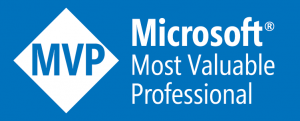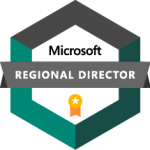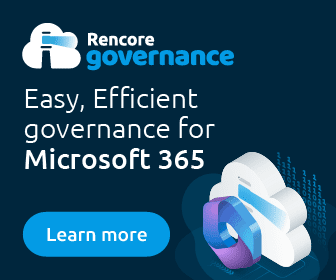3 Steps to Building Community
One of the primary goals of any technology or business community group — from a user group to a non-profit organization — is to grow membership as a way to both introduce new perspectives and ideas, and to actively replenish and expand the numbers. This is certainly true with my local Microsoft User Group Utah (#MUGUT) or my local IAMCP (International Association of Microsoft Channel Partners) chapter, where the strength and quality of a UG or chapter is defined by the opportunities within its membership. More members equals more learning and partnership opportunities.
Having participated in a wide variety of networking organizations, I’ve seen a wide variety of initiatives to grow membership.  One idea that I have shared many times before, but thought was worthwhile to share once again was a simple campaign strategy developed and refined across two experiences: eBIG and the MEC.
One idea that I have shared many times before, but thought was worthwhile to share once again was a simple campaign strategy developed and refined across two experiences: eBIG and the MEC.
Back in 2002 while living in the San Francisco East Bay (where I grew up), I co-founded a non-profit called the East Bay I.T. Group (eBIG.org). At eBIG, we launched or merged with more than a dozen technology user groups, and I served as both the membership chair and evangelist for the group. In addition, I personally ran three of the user groups, conducting monthly meetings, organizing special events, and driving both sponsorships and attendance: the Collaboration Special Interest Group or SIG, the Software-as-a-Service SIG, and the Entrepreneur SIG. We started with zero members and had nearly 10,000 registered members by 2007 when we merged with another non-profit (TechVentures Corp, funded by Lockheed) and I resigned from the board. During this time as a SIG leader and non-profit co-founder, I began to develop tactics for building out attendance, some more successful than others.
While working at Microsoft from 2006-2009, I joined the Management Excellence Community (MEC) and served on its leadership team (MELT) as the global evangelism chair, working with the human resources and the leadership development teams to build community around people managers within the company. It was in this latter role that I refined and articulated what I had practiced earlier, packaging the concepts into an easily-consumable format (eBook) and promoting the following ingredients to community growth:
1. Bring a friend.
It’s always hard to feel like you’re a part of something new when you don’t know anyone. I don’t care how senior you are in your current company — its human nature to feel more comfortable around familiar faces. Knowing someone in the crowd helps spur the networking activities. Making it a practice of inviting, and bringing, someone new to each of the monthly meetings is critical to growth. We are all advocates of the program, and we should be talking to people about it, inviting them to join. Again — the more members, the more business opportunities.
2. Have a role.
Data shows that when people have a specific purpose within a team or with a project, they are more likely to stay engaged. We’re all busy, and our availability to chair a committee or spearhead a special initiative varies with the ebb and flow of our (actual) jobs. But the fact remains that people who play an active role in the community tend to stick around, and as a result, they get more out of their involvement. The board can be as big as you want it to be — if people want to help out, and identify an unmet need, create a new board seat, committee, or sub-committee and welcome their service and increased participation.
3. Keep learning.
The principle purpose of the monthly meetings is not to sit and listen to speakers, but to ask questions, share knowledge, and do some peer-to-peer networking. However, we’re all in need of intellectual and professional nourishment. We all bring a wealth of experience to the table, but if we’re always talking about ourselves and our companies, we’ll miss many of the learning opportunities around us. Good content helps drive good dialogue, and may open up new possibilities for learning and to peer-to-peer business. The secret is to take action on what you learn.
My very simple advice for any user group or IAMCP chapter looking for ways to grow its membership base is this: encourage your members to bring a friend each month, to find a role within the chapter, and figure out an area is which you need to learn more and become and expert in that topic. How you institute these simple ideas may fill up your user group agenda as you explore ideas, make assignments, and take action. My challenge to you is to check back from time to time with these goals, and validate your priorities as a user group:
- Are you encouraging people to invite others to chapter meetings and special events?
- Are you finding ways to get people more involved, both with the board and its committees?
- Are you providing regular opportunities for your members to learn more, share more, and to expand the collective knowledge of the group?




